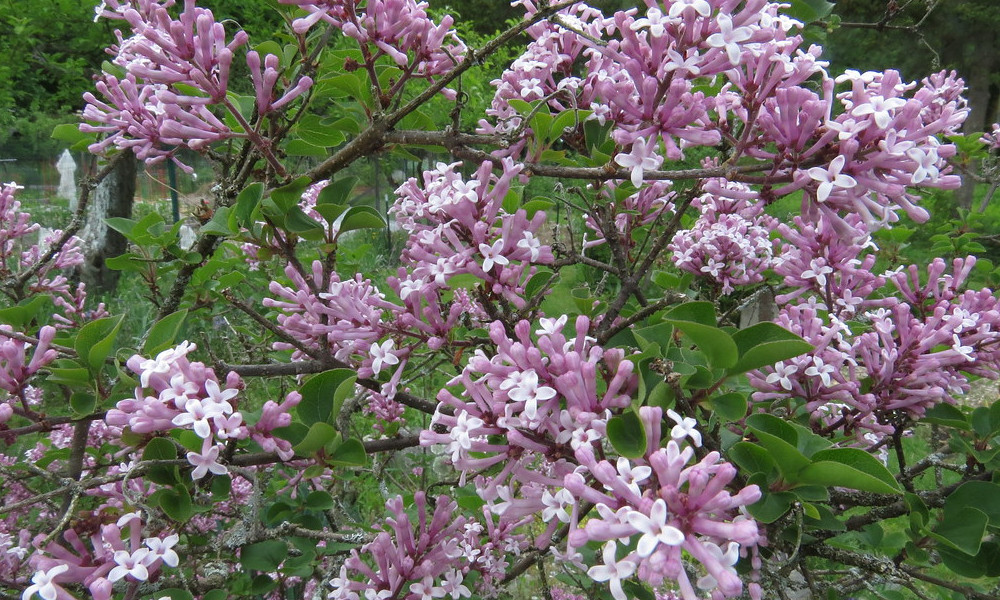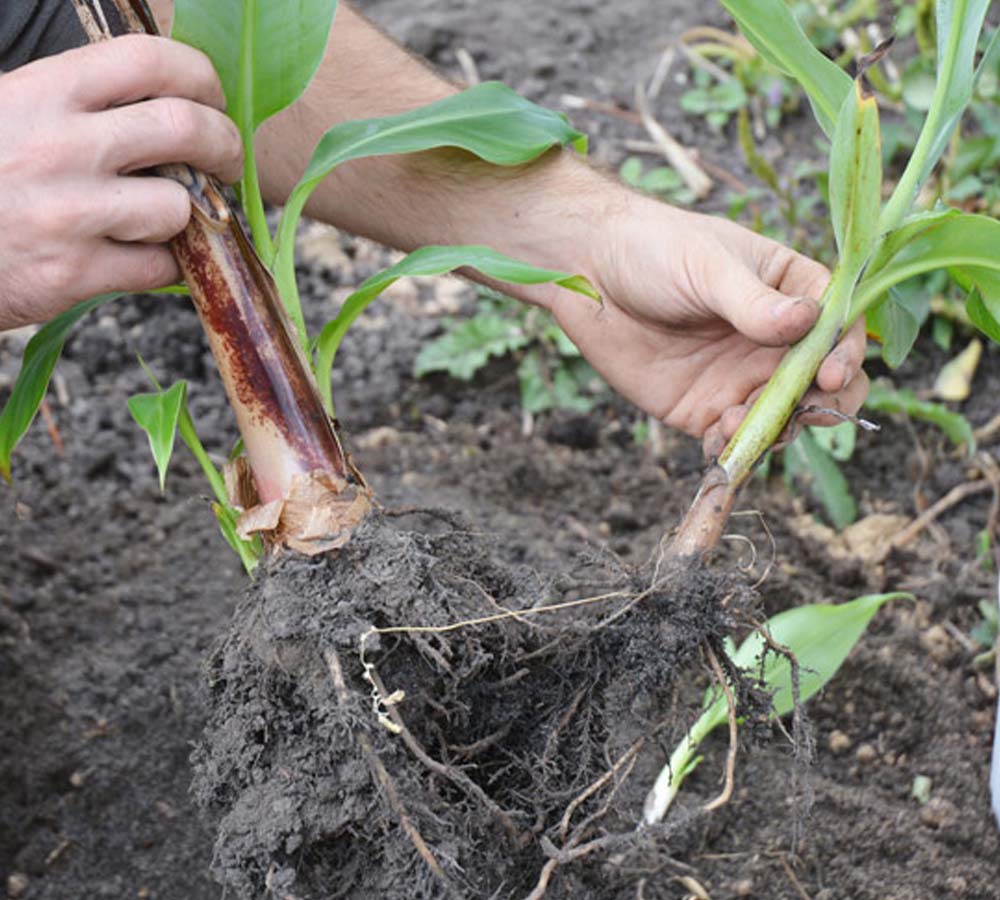How to grow Syringa Patula
Often known as ‘Miss Kim’, the Syringa pebescens subsp. patula is a small, deciduous shrub, with a maximum height of 2 metres and a spread of 1.5 metres. S. patula is part of the lilac and Oleaceae (olive) families. A late blooming Syringa, you can expect this shrub to blossom in the late spring for several weeks, with an abundance of flowers ranging in colour from lucious lavenders to bright blues. Interestingly, the buds are a deep purple, and the foliage turns from dark green to burgundy in the autumn - providing three seasons of beauty.
Miss Kim has received the Award of Garden Merit from the Royal Horticultural Society as well as the Cary Award in recognition of its appeal, hardiness and natural pest resistance. One big perk of the Syringa patula is its high resistance to powdery mildew - one of the more common garden plant diseases. S. patula is also the most disease-resistant of all Syringa varieties.
Syringa patula has a compact nature and canopy-shaped growth. You can expect to see sweet-smelling clusters of flowers in May and June, which pair nicely with early bloomers such as the Syringa x hyacinthiflora or ‘Early Flowering Lilac’. S. patula has a plentiful supply of nectar and will attract plenty of natural pollinators such as bees and butterflies.

Key Information
Soil pH
Position
Hardiness

Where & when to plant Syringa Patula
As a steady grower, plant S. patula with roughly a decade in mind for it to reach full maturity. Make sure that if you add Syringa patula to the front of your border, you have taller plants or shrubs growing behind it. Miss Kim is small, bushy and tends to spread, so give it plenty of room to stretch.
How to plant Syringa Patula
If the soil is not currently waterlogged or frozen, you can plant your potted Syringa patula at any time. However, if you have bare roots, autumn is the best time for planting. Find an appropriate space in the garden with plenty of sunlight, room to grow both ways and moist, well-drained soil.
For bare roots, soak them in water for 10-15 minutes before planting.
Dig a hole for your Syringa, leaving 6-8cm of space between the top of the roots and the surface of the soil. Make sure the soil is loose or is a combination of soil, sand and peat so it drains well, otherwise the plant may be overwatered and begin to wilt or suffer from root rot.
Add the plant and then backfill the hole and water generously. You will need to water regularly for the first year, and more regularly in dry spells.
What to plant with Syringa Patula
As Miss Kim is well-suited to borders and grows to a lofty 2 metres in height – for best effect choose smaller flowers and shrubs to position in front of it. For impact, spring-blooming flowers and perennials are the ideal, as they will suit the same soil and positioning. Pink and purple Penstemons are a great choice as they grow as tall as 100cm and flower in the summer and autumn. Lavenders such as Arctic Snow or Rosea are another good pick, with summer flowers that are sure to keep the visiting pollinators happy!

How to care for Syringa Patula
Pruning & Deadheading
As the Syringa patula blooms on old wood, it is important to prune as soon as the blooming period is over. If you wait longer than this, you could remove next years’ blooms. Deadheading is needed for the Syringa Patula once the flowers have faded to white. This will encourage potential reblooming and healthier flowers for the next year.
Watering
Once planted, water Miss Kim frequently to help establish roots. Usually, you will get away with watering once a week after that but be mindful of hot days or dry spells - you will need to water more frequently then to ensure the soil does not dry out.
Cold Protection
As a hardy perennial, Syringa patula survives down to temperatures of -15°C.
Pests & Diseases
Syringa patula is more resistant to fungal issues such as powdery mildew than other lilac varieties. It has no known serious diseases or common pests. As with all plants, it can be subject to root rot if saturated.
How to propagate Syringa Patula

To grow more Syringa patulas, start by taking softwood cuttings. This can be done by cutting a 10-15cm section with gardening scissors or secateurs - be sure to cut above the lower leaf joints. Using a sharp knife, cut off the leaves from the lower half of your cutting, ensuring to leave some leaf joint intact

Add your cutting(s) to a small pot of proprietary compost with two small sticks or gardening canes on either side. Add a plastic bag on top to encourage humidity and secure with an elastic band.

Place the pot in a warm area, away from direct sunlight. After around 6 weeks, your rooted cuttings should be ready to re-pot.
Common Syringa Patula Questions
What does Syringa patula smell like?
Syringa patula is exceptionally sweet-smelling, due to its smaller and more compact flowers. Lilac generally has the scent of lavender with subtle hints of rose and vanilla.
Is Syringa patula fast-growing?
No. Syringa patula is a steady grower, which can take anywhere between 10-20 years to reach maturity.




